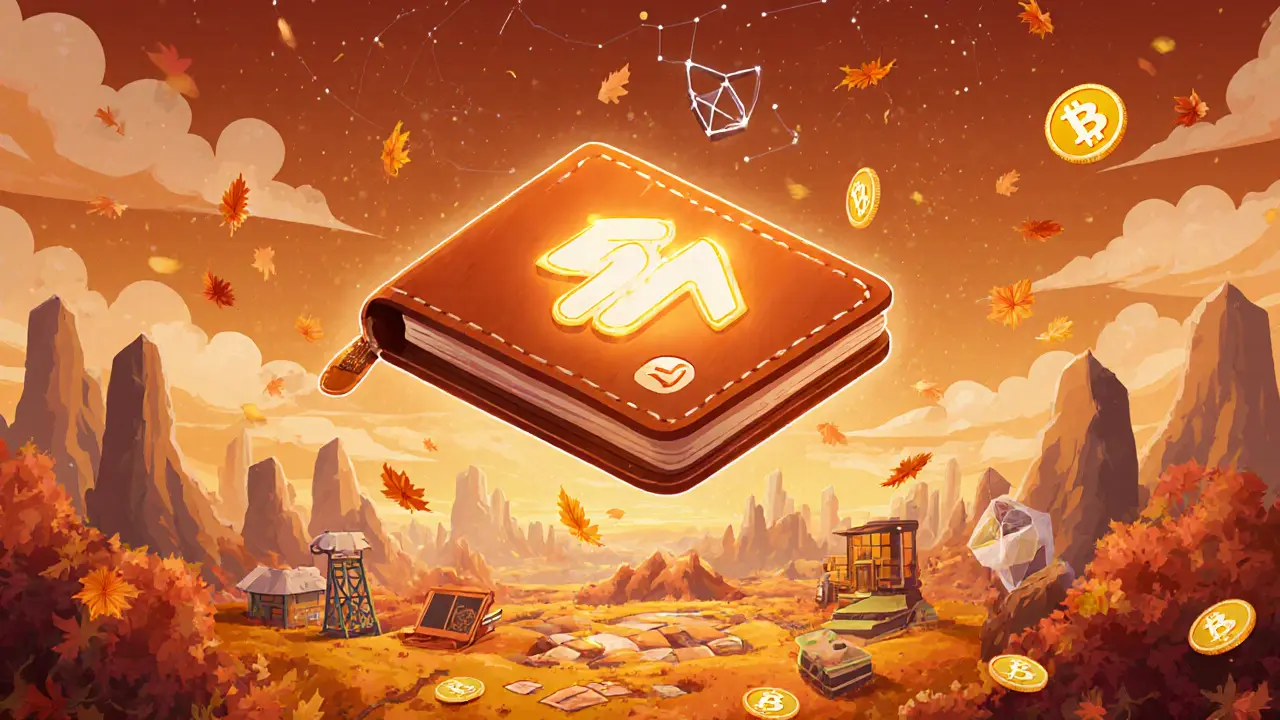NORA Airdrop: What It Is, How It Works, and Where to Find Real Opportunities
When people talk about the NORA airdrop, a distribution of free tokens tied to a specific blockchain project. Also known as crypto airdrop, it’s a way for new projects to spread awareness and reward early supporters. But here’s the thing — most airdrops claiming to be "NORA" don’t exist. There’s no official NORA token or airdrop linked to any verified project as of now. That doesn’t mean you can’t find real opportunities — it just means you need to know what to look for.
Airdrops aren’t magic. They’re tools used by teams building Web3 platforms to get users on board. Real airdrops usually come from projects with public GitHub repos, active Discord servers, and clear documentation. They ask you to complete simple tasks — like following their Twitter, joining their Telegram, or holding a specific token. No one asks for your seed phrase. No one sends you a link to "claim" tokens on a site that looks like a meme. If it feels too easy, it’s probably fake. The crypto airdrop, a distribution method for blockchain-based tokens to users who meet specific criteria. Also known as free crypto tokens, it’s a common tactic in decentralized ecosystems. But scams use the same language. That’s why you need to check if the project has a real team, a live product, or even just a roadmap. Look at posts like the SUKU NFT airdrop or HyperGraph (HGT) airdrop — both were fake. The same pattern shows up with NFTP and other "NORA" claims. They all rely on hype, not substance.
Real airdrops happen on platforms you already trust — like CoinMarketCap, MEXC, or official project websites. They’re not hidden behind Google Forms or Telegram bots. They’re announced in advance, with clear rules and deadlines. And they’re tied to actual use cases — like participating in a game, using a wallet, or testing a new protocol. The Web3 rewards, incentives given to users for contributing to decentralized networks. Also known as blockchain airdrop, they’re meant to grow communities, not drain wallets. If a project doesn’t explain why you’re getting tokens — or what you’re supposed to do with them — walk away. You’ll find plenty of posts here that break down real airdrops like Bit Hotel (BTH) and how they connect to actual apps. You’ll also see warnings about dead tokens, fake exchanges, and projects with zero activity. This isn’t about chasing quick cash. It’s about learning how to spot the difference between noise and real value. Below, you’ll find real guides, honest reviews, and scam alerts — all focused on helping you navigate Web3 without losing your crypto.

